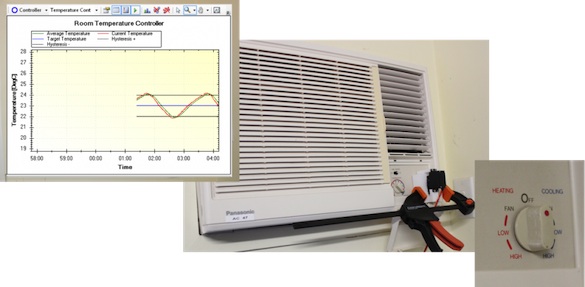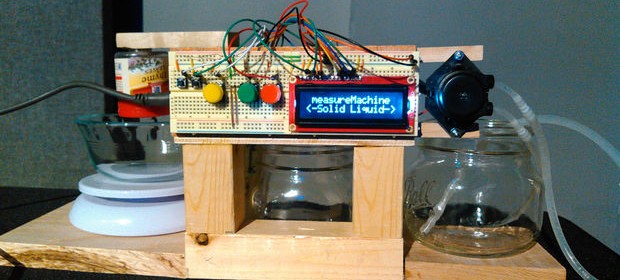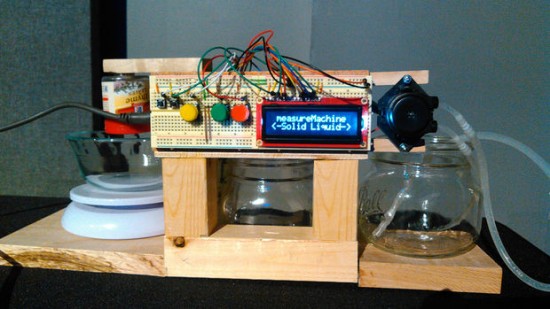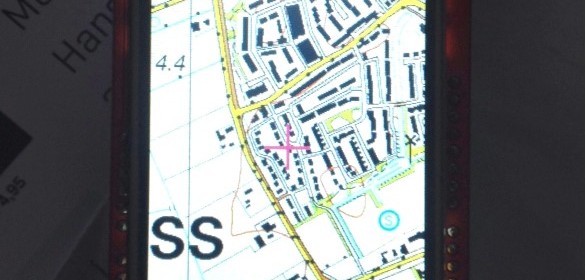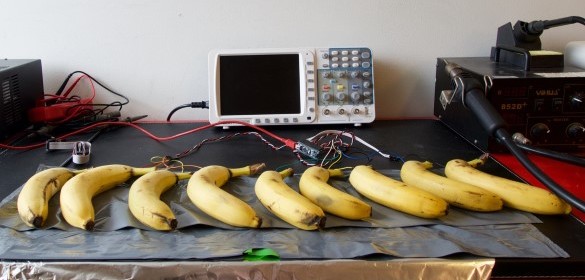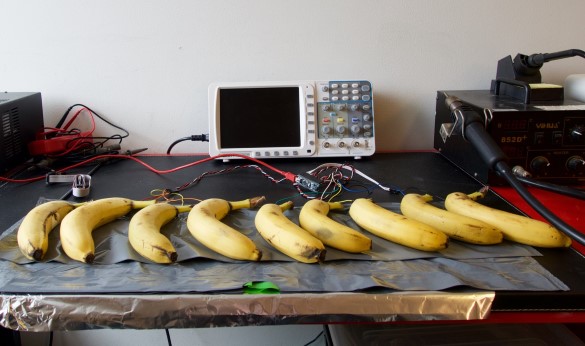Automation of an old-school knob-turny style AC unit
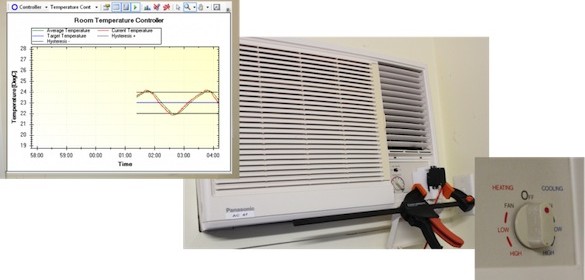
If you have an old-school knob-turny style window AC unit that is still in working condition, you might want to read this article from Phil Rowe who talks about how he reinvigorated his old AC unit to a fully automated AC system using Arduino. He writes,
This article covers the development of an Arduino controlled air conditioning system. It converts an old school, in-window, air conditioner (AC) which was in a very hard to reach spot to an automatic system which can be activated and monitored from MegunoLink Pro at your desk. The system consists of an Arduino Uno, a servo driven mechanism to active the AC, a DS18B20 temperature sensor, and MegunoLink Pro to plot the temperature and control the set points.
